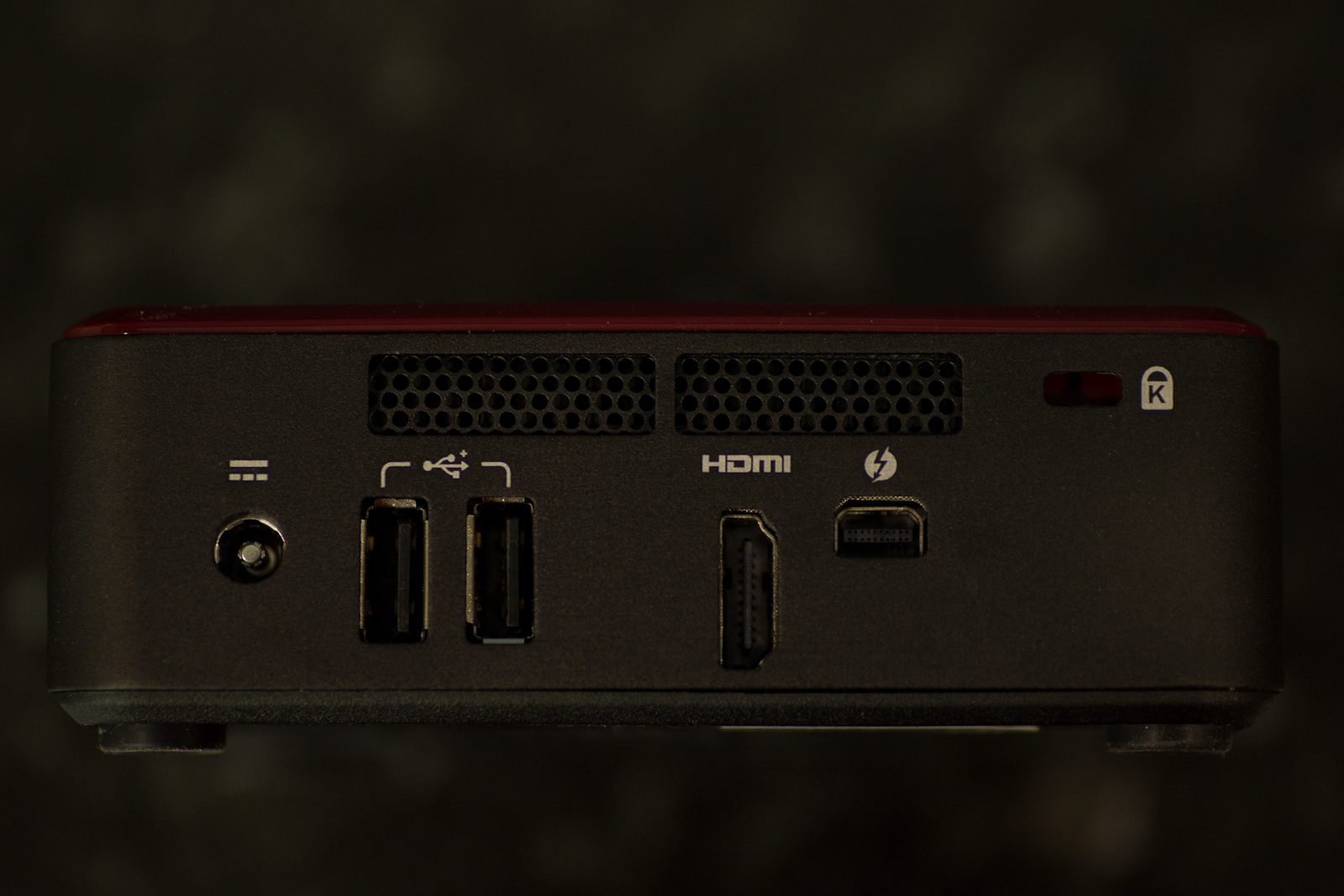Intel Next Unit of Computing (NUC) review
Intel produces a Core i3-based computer you can hold in the palm of your hand. But the pint-sized wonder needs to be self-assembled and is going to cost you...
Intel's NUC is a great showcase of just how much compute power the firm can now pack in a device that is smaller than a lunch box, however until it slashes the price by 25 per cent or some of its motherboard partners come out with cheaper devices then it most businesses will have to stick with microATX machines if they want small, affordable computers.
Hardware mash-up
Intel's DC3217BY has three USB 2 connections (two on the back and one on the front), with audio output only available through the HDMI connection. Intel's decision to only include three ports and omit USB 3 is surprising given that the QS77 chipset supports the standard and a theoretical total of 14 ports.
Intel's choice of a dual-core Core i3 processor clocked at 1.8GHz may put some potential customers off but when using the NUC, but we found it more than capable of not only doing typical business tasks such as word processing, web browsing, email and viewing 1080p resolution videos but light photo editing work. Part of the NUC's surprising performance comes from Intel's decision to support the Core i3 processor with high-end components.

The NUC has a number of useful ports, but lacks USB 3 connections
The Intel DC3217BY motherboard doesn't have any SATA controllers, instead supporting mini-PCI Express based solid state drives (SSD) such as Intel's 330-series unit. With the firm eschewing mechanical hard drives altogether, the response and the sequential transfer rates of SSDs are sublime, with CrystalDiskMark reporting sequential read and write bandwidths of 435MB/sec and 254MB/sec respectively on a 160GB SSD. The downside to Intel's decision to only support a niche SSD standard is that it significantly adds to the NUC's overall price.
Intel has included a second mini-PCI Express slot on the motherboard, which in the case of the DC3217BY is used for both the USB 2 ports and the critical 802.11 Wi-Fi adaptor. Unlike the DC3217IYE, which features a useful gigabit Ethernet port, Intel has decided to make the DC3217BY rely solely on wireless connectivity meaning 802.11n Wi-Fi access is needed for those that want to work with large files across a network.
With Intel's Core i3 3127U processor comes the firm's current generation HD Graphics 4000, a GPU that has packs higher performance than that which was found in 2nd generation Sandy Bridge chips. Intel's graphics are often the source of much ridicule and while the HD Graphics 4000 isn't going to power the latest triple-A games, it has no problem dispensing with Windows' 3D effects and accelerating video playback and supports OpenCL acceleration for those applications that make use of it.
Get the ITPro daily newsletter
Sign up today and you will receive a free copy of our Future Focus 2025 report - the leading guidance on AI, cybersecurity and other IT challenges as per 700+ senior executives
-
 M&S suspends online sales as 'cyber incident' continues
M&S suspends online sales as 'cyber incident' continuesNews Marks & Spencer (M&S) has informed customers that all online and app sales have been suspended as the high street retailer battles a ‘cyber incident’.
By Ross Kelly Published
-
 Westcon-Comstor unveils new managed SOC solution for Cisco partners
Westcon-Comstor unveils new managed SOC solution for Cisco partnersNews Powered by Cisco XDR, the new offering will enable partners to tap into new revenue streams, the company said
By Daniel Todd Published
-
 More than 5 million Americans just had their personal information exposed in the Yale New Haven Health data breach – and lawsuits are already rolling in
More than 5 million Americans just had their personal information exposed in the Yale New Haven Health data breach – and lawsuits are already rolling inNews A data breach at Yale New Haven Health has exposed data belonging to millions of people – and lawsuits have already been filed.
By Emma Woollacott Published